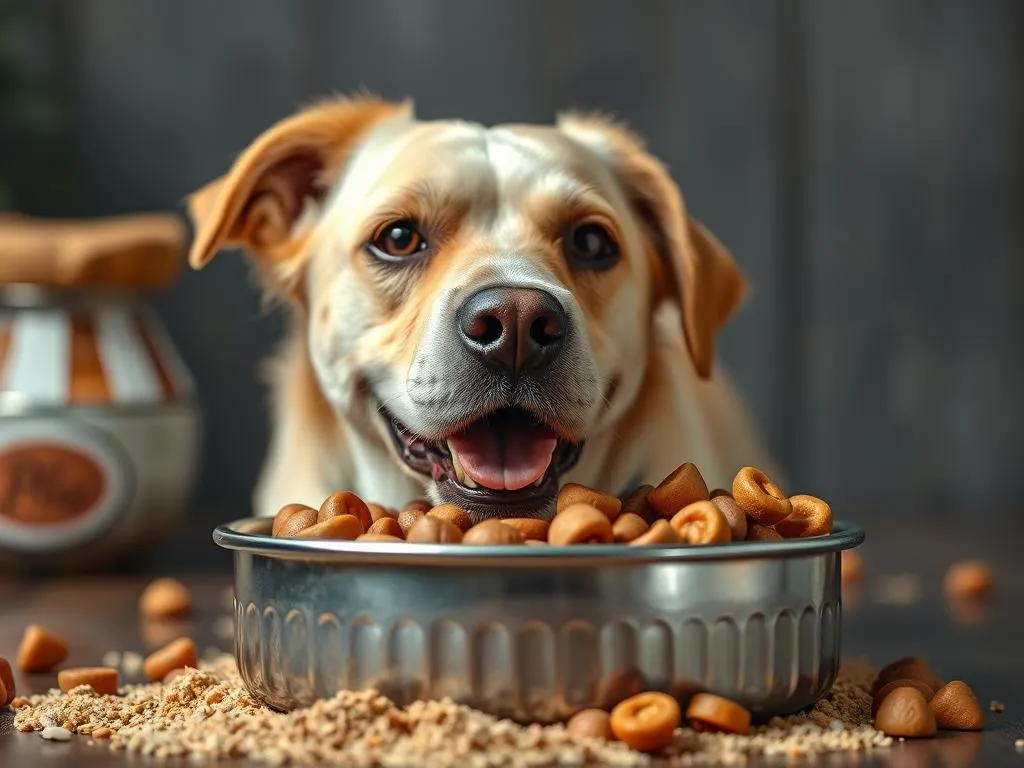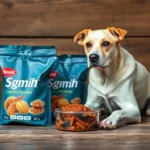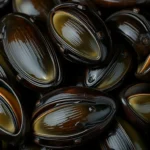
Introduction
When considering the health and happiness of our furry friends, dog nutrition plays a pivotal role. Just like humans, dogs require a balanced diet to thrive, which includes a careful mix of proteins, fats, carbohydrates, vitamins, and minerals. Understanding the different types of dog food available today is crucial for making informed decisions about our pets’ diets.
This article focuses on exploring the best wet dog food mix with dry, highlighting the benefits of combining these two food types. Mixing wet and dry food can enhance the overall nutritional profile, bolster hydration, and improve palatability, ensuring your dog enjoys every meal.
Understanding Dog Nutrition
Nutritional Requirements for Dogs
Dogs require a diet rich in essential nutrients to maintain their health. This includes:
- Protein: Vital for growth, development, and maintaining muscle mass. Look for high-quality animal proteins like chicken, beef, or fish.
- Fats: Important for energy and supporting skin and coat health. Healthy fats such as omega-3 and omega-6 fatty acids are crucial.
- Carbohydrates: Provide energy and support digestive health. Whole grains and vegetables are excellent sources.
- Vitamins and Minerals: Essential for various bodily functions, including immune system support and bone health.
Life Stages and Dietary Needs
It’s important to tailor your dog’s diet to their life stage:
- Puppies: Require a diet rich in protein and fat for growth and development.
- Adults: Need a balanced diet to maintain weight and energy levels.
- Seniors: May benefit from lower calories and specialized nutrients to support aging joints and organs.
- Active vs. Sedentary: Active dogs require more calories and protein compared to those with a more sedentary lifestyle.
Types of Dog Food
Dry Dog Food (Kibble)
Dry dog food, or kibble, is a popular choice among pet owners for its convenience and cost-effectiveness.
Benefits:
– Convenience: Easy to store and serve.
– Dental Health: Can help reduce plaque and tartar buildup due to the crunchiness of kibble.
Potential Downsides:
– Lower Moisture Content: May not provide adequate hydration, especially for dogs that don’t drink enough water.
Wet Dog Food (Canned)
Wet dog food comes in cans or pouches and is often more palatable for dogs.
Benefits:
– Hydration: Contains higher moisture content, which can aid hydration.
– Palatability: More appealing to picky eaters due to its rich aroma and flavor.
Potential Downsides:
– Cost: Generally more expensive than dry food.
– Storage: Requires refrigeration after opening, which can be inconvenient.
Raw Diets and Homemade Options
Some pet owners opt for raw diets or homemade dog food recipes, believing these options are healthier.
Brief Overview of Raw Diets:
– Focus on raw meats, bones, fruits, and vegetables.
Risks and Benefits of Homemade Dog Food:
– Benefits: Control over ingredients and quality.
– Risks: Potential for nutritional imbalances if not properly formulated. Always consult a veterinarian before making this switch.
The Benefits of Mixing Wet and Dry Dog Food
Enhanced Flavor and Texture
Dogs often prefer mixed textures in their meals. The crunchiness of dry kibble combined with the softness of wet food creates a more enjoyable eating experience, which can encourage picky eaters to consume their meals.
Nutritional Balance
Mixing wet and dry dog food allows pet owners to combine the strengths of both food types. For example, while kibble provides essential fiber and crunch, wet food offers hydration and a richer flavor. This combination can help ensure that your dog receives a complete diet.
Improved Hydration
Moisture is a crucial component of a dog’s diet. Mixing wet food with dry kibble can help enhance your dog’s hydration levels, especially for those who may not drink enough water.
Choosing the Best Wet Dog Food
Ingredients to Look For
When selecting wet dog food, it’s vital to choose high-quality ingredients:
- High-Quality Proteins: Look for named animal proteins as the first ingredient, such as chicken, beef, or fish.
- Whole Grains vs. Fillers: Whole grains like brown rice or oats are better than fillers like corn or soy, which provide little nutritional value.
Avoiding Harmful Ingredients
Be vigilant about harmful ingredients in dog food:
- Common Preservatives: Avoid foods containing artificial preservatives, flavors, or colors.
- Understanding Food Labels: Familiarize yourself with dog food labeling to ensure you’re providing a healthy diet.
Evaluating Brands
Choose trusted dog food brands that adhere to high-quality standards:
- Look for brands that have undergone feeding trials.
- Check for certifications from reputable organizations like AAFCO (Association of American Feed Control Officials).
Tips for Mixing Wet and Dry Dog Food
Finding the Right Ratio
The ideal ratio of wet to dry food can vary based on your dog’s size, activity level, and personal preference. A common guideline is:
- Small Dogs: 1 part wet food to 2 parts dry food.
- Medium Dogs: 1 part wet food to 1 part dry food.
- Large Dogs: 2 parts wet food to 1 part dry food.
Transitioning Your Dog to Mixed Food
Transitioning your dog to a new diet should be done gradually to avoid digestive upset:
- Start by mixing a small amount of wet food with their usual dry food, gradually increasing the wet food over a week or two.
- Monitor your dog for any signs of allergies or sensitivities during the transition.
Serving Suggestions
When serving mixed food, consider these best practices:
- Mix Well: Ensure that the wet food is evenly distributed with the dry food for consistent flavor and texture.
- Storage Tips: Store any leftovers in the refrigerator and use them within a few days to maintain freshness.
Common Myths About Dog Nutrition
“Dogs are Carnivores”
While dogs are primarily carnivorous, they are actually omnivores, capable of digesting a variety of foods, including fruits, vegetables, and grains.
“Wet Food is Always Better than Dry”
The debate between wet and dry food is ongoing. Each type has its benefits, and the best choice depends on your dog’s individual needs and preferences.
“Table Scraps are Safe”
Feeding dogs table scraps can lead to obesity and nutritional imbalances. Many human foods are also toxic to dogs, such as chocolate, onions, and grapes. Always consult your veterinarian before sharing human food with your dog.
Special Dietary Needs
Food Allergies and Sensitivities
If your dog exhibits signs of allergies, such as itching or gastrointestinal upset, consult your veterinarian. They may recommend a specialized diet to manage food sensitivities.
Weight Management
For overweight dogs, consider low-calorie options and practice portion control. Mixing wet and dry food can help with satisfaction and fullness while managing calorie intake.
Health Conditions
Dogs with specific health concerns, such as kidney disease or diabetes, may require special dietary considerations. Speak with your veterinarian to determine the best diet for your dog’s health status.
Conclusion
A balanced diet is crucial for your dog’s overall health and well-being. By understanding your dog’s nutritional needs and considering the best wet dog food mix with dry, you can ensure they receive the nutrients they require. Always consult with your veterinarian for personalized advice tailored to your dog’s specific needs, and remember that a well-fed dog is a happy dog.









